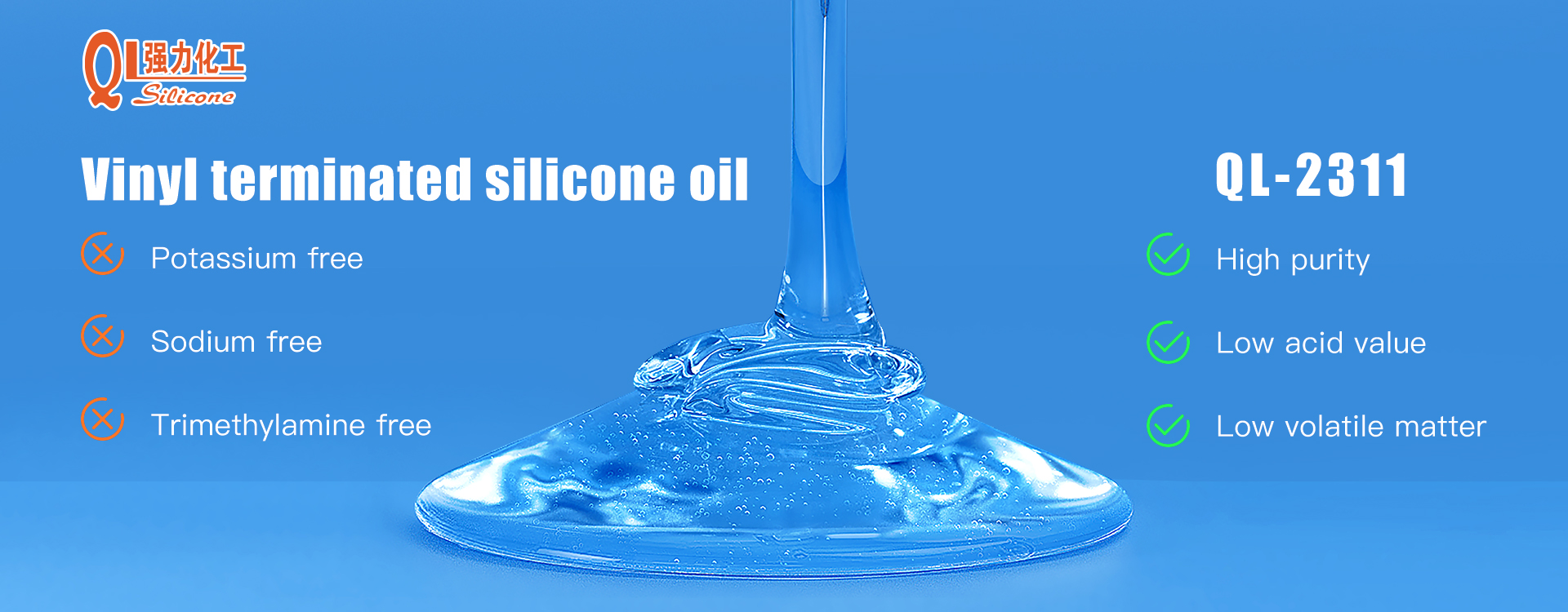Let's first understand what is a thermal interface material:
Thermal Interface Materials (TIM), one of the common heat dissipation methods, are commonly used in IC packaging and electronic heat dissipation. Heat dissipation is an enduring topic. The normal operation of mobile phones, tablets and computers we are familiar with is inseparable from the heat conduction effect of various heat-conducting materials. The requirements are constantly improving, and heat conduction products are also being upgraded rapidly.
What is thermal grease:

Thermally conductive silicone grease is a kind of high thermal conductivity and insulating silicone material, which can maintain the grease state during use for a long time at the temperature of -50°C-+230°C. It not only has excellent electrical insulation, but also has excellent thermal conductivity, and at the same time has low freeness (trending to zero), high and low temperature resistance, water resistance, ozone resistance, and weather aging resistance.
Thermally conductive gel is a preformed soft product with low hardness. It is made of a variety of thermally conductive powders and thermally conductive silica gel after they are fully matured. With a little air, the packaging of thermal conductive gel is also packed in syringes. During construction, it can be directly dispensed by a fully automatic dispensing machine, which ends the history that thermal interface materials cannot be automated. Thermally conductive gel inherits the advantages of good affinity of silicone materials, weather resistance, high and low temperature resistance, and good insulation. At the same time, it has strong plasticity, can meet the filling of uneven interfaces, and can meet the heat transfer needs of various applications. The product needs low stress and high compressive modulus during use, which can realize automatic production; it has good contact with electronic products when assembled, showing low contact thermal resistance and good electrical insulation characteristics. The cured thermal conductive adhesive is equivalent to a thermal pad, with good high temperature resistance and aging resistance, and can work for a long time at -40~200 °C.
Anyone who has disassembled and assembled a computer knows that thermal conductive silicone grease is an indispensable auxiliary material for CPU heat dissipation. It is soft and sticky, and its texture is very similar to toothpaste. It is a bridge between the CPU and the heat sink, as a filler Fill the gap between the radiator and the CPU, conduct heat to the radiator, and then take away the heat from the radiator to achieve cooling.
What is Thermal Silicone?

The difference between thermal gel and thermal grease:
1. The construction methods of thermal conductive gel and thermal grease are different. Thermally conductive gel can be applied by automatic dispensing process, while thermally conductive silicone grease can only be applied manually. Thermally conductive gel is a kind of viscous thermally conductive material, which is made of a variety of thermally conductive powders and thermally conductive silica gel after being fully matured. Thermally conductive silicone grease is different from thermally conductive gel in terms of formula and its own production process. The packaging method is also simple canning. The construction method is usually screen printing, and some customers directly apply and scrape evenly.
2. The working life of thermal conductive gel and thermal grease is different.
Thermally conductive gel does not dry for a long time, can be compressed infinitely, and has a long service life. Some people call thermally conductive gel a liquid thermally conductive silicone sheet. However, the life of thermal grease is relatively short among all thermal interface materials.
There are many differences between thermally conductive gel and thermally conductive silicone grease, such as thermal resistance, density, resistivity, etc. Various data show that thermally conductive gel is different from thermally conductive silicone grease, and both have their own advantages. Customers can choose according to their own product characteristics and products Structural requirements, choose to use thermal gel or thermal grease.
Which is better, thermal gel or thermal grease?
Thermal gel is easier to handle than thermal grease. Silicone grease is generally used by screen printing or steel plate printing, or direct brushing, which is very unfriendly to users and the environment, and because of its fluidity, generally cannot be used for occasions with a thickness of more than 0.2mm. The thermal conductive gel has a certain degree of adhesion and can be compressed into various shapes, the lowest can be compressed to a few hundred microns, and there will be no problems of oiling and drying, and it has certain advantages in reliability. In addition, thermal conductive gel has certain advantages in continuous operation, and can be directly weighed and used. The commonly used continuous use method is a glue dispenser, which can realize fixed-point quantitative control, save labor and improve production efficiency.
Thermally conductive gel can be widely used in electronics, communications, smart home, automotive electronics, drones, photovoltaic cells, LED lighting, security monitoring and other fields. Smartphones are one of the main application markets for thermally conductive gels. At present, thermally conductive gels have become the mainstream product type. With the popularization of 5G chips, the market space of thermally conductive gels in the field of smartphones will also further expand. In addition to smartphones, the application of 5G technology has made the demand for thermal gels in 5G base stations, tablet computers, smart homes and other fields continue to rise. In general, the thermal gel market has broad prospects.




